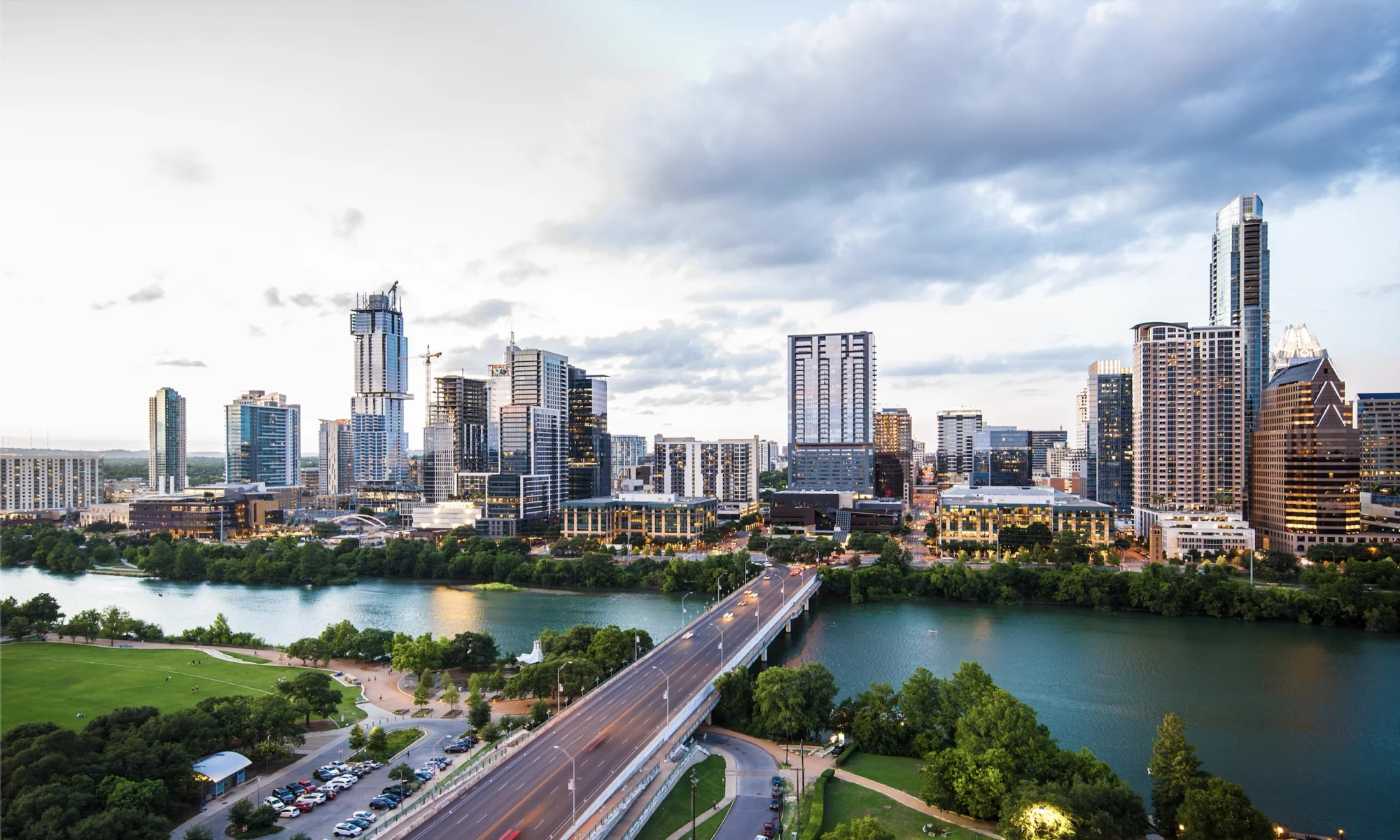“How can cities, including Austin, use mobility justice to guide future investment in transportation systems? What is Austin doing right now to offer more affordable mobility options for vulnerable populations and communities?” These important questions were discussed at an Imagine Austin Speaker Series on Mobility Justice on Saturday, January 12th at the Asian American Resource Center Ballroom. Dr. Adonia E. Lugo presented “Mobility Justice: People Power and the Future of Transportation” and shared her work on “mobility justice, the practice of accounting for the diverse vulnerabilities that individuals carry with them as they travel through shared public spaces.”
Dr. Adonia E. Lugo PhD. (Affiliate Faculty in Urban Sustainability, Antioch University Los Angeles) is an urban anthropologist, bicyclist, activist, and college professor living in Los Angeles. She’s spent the last decade researching racial inclusion in active transportation. Her book, Bicycle/Race: Transportation, Culture, & Resistance, was published in 2018. Dr. Lugo serves as an advisory board co-chair for Los Angeles-based community-based organization People for Mobility Justice and is a core organizer of The Untokening, a national collective.
AURA had the opportunity to ask Dr. Lugo a few questions on Principles of Mobility Justice and how it pertains to Austin.
1. How would you briefly describe Principles of Mobility Justice in a nutshell for folks who are not familiar with this practice?
The Untokening 1.0 Principles of Mobility Justice was a collective effort to distill some shared values around the concept. In a nutshell, “mobility justice” refers to the efforts to shed light on the vulnerabilities that different individuals face as they travel. Keeping our communities safe takes more than good design; we also have to grapple with racial discrimination in policing, the persecution of immigrants, sexual harassment, and many other ways that folks might experience un-safety in our streets and public spaces.
2. What inspired you to incorporate Principles of Mobility Justice into your practice?
I had been active in defining equity in the bike movement since 2013, and within a few years it was clear that we needed to go further; looking at one mode of transportation wasn’t sufficient to address the root causes of street un-safety. I also felt constrained by bike advocacy’s emphasis on using public funding for infrastructure projects, when that kind of funding doesn’t necessarily lead to benefits for folks in disadvantaged communities. With the broader focus on mobility justice, the groups I’m part of now are working to innovate alternative ways of investing in local community safety.
3. Austin passed a Mobility Bond in 2014 and has several transportation efforts on the ground, such as our newly released, city-wide Austin Strategic Mobility Plan (ASMP) and CapMetro’s Project Connect – a regional high-capacity transit plan, including light rail and buses in various corridors around Austin. How do you think Austin could benefit from implementing principles of Mobility Justice as we move forward with our transportation plans?
In the transportation sector, there tends to be a big emphasis on spending public dollars on brick and mortar projects and rolling stock. The mobility justice approach puts the focus on people: what are their customer service needs, what jobs can they access, what cultures are cultivated in transit spaces? In order to keep our cities equitable and diverse, we need to put people and community at the heart of the work.
4. What are some of the challenges practitioners may face while implementing Principles of Mobility Justice?
It can be pretty difficult to get transportation folks on board with the idea that “street safety” includes other kinds of vulnerability besides avoiding vehicular violence. In LA, we’ve been developing partnerships with groups that work on other aspects of community safety in order to create an authentic intersectional approach.
5. What top recommendations do you have for Austin for holding space for mobility justice in the face of new pressures in the transportation industry?
– Consider that “shared use” will only be equitable if it’s a step toward shared ownership. What is the city doing to support worker-owned cooperatives that serve mobility needs?
– Undertake historical research to highlight the parallel tracks of transportation development as a market-driven project versus mobility systems funded by public dollars as a public good. I think we have a long way to go before we can see that the idea of transportation spending going toward disadvantaged community needs is relatively new, given how long we’ve been building those systems in this country. Transportation is big business, which means it’s not going to shift toward social justice overnight.
~
Interested in learning more? Check out Dr. Adonia Lugo talk about Mobility Justice: People, Power & the Future of Urban Transportation at the Imagine Austin Speaker Series. Feel free to contribute to the discussion with comments below.

